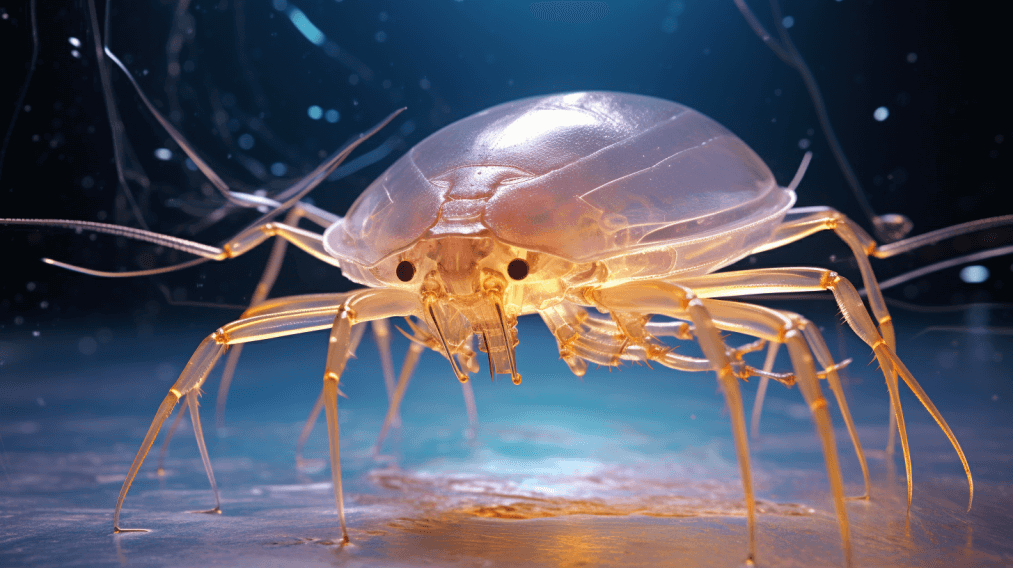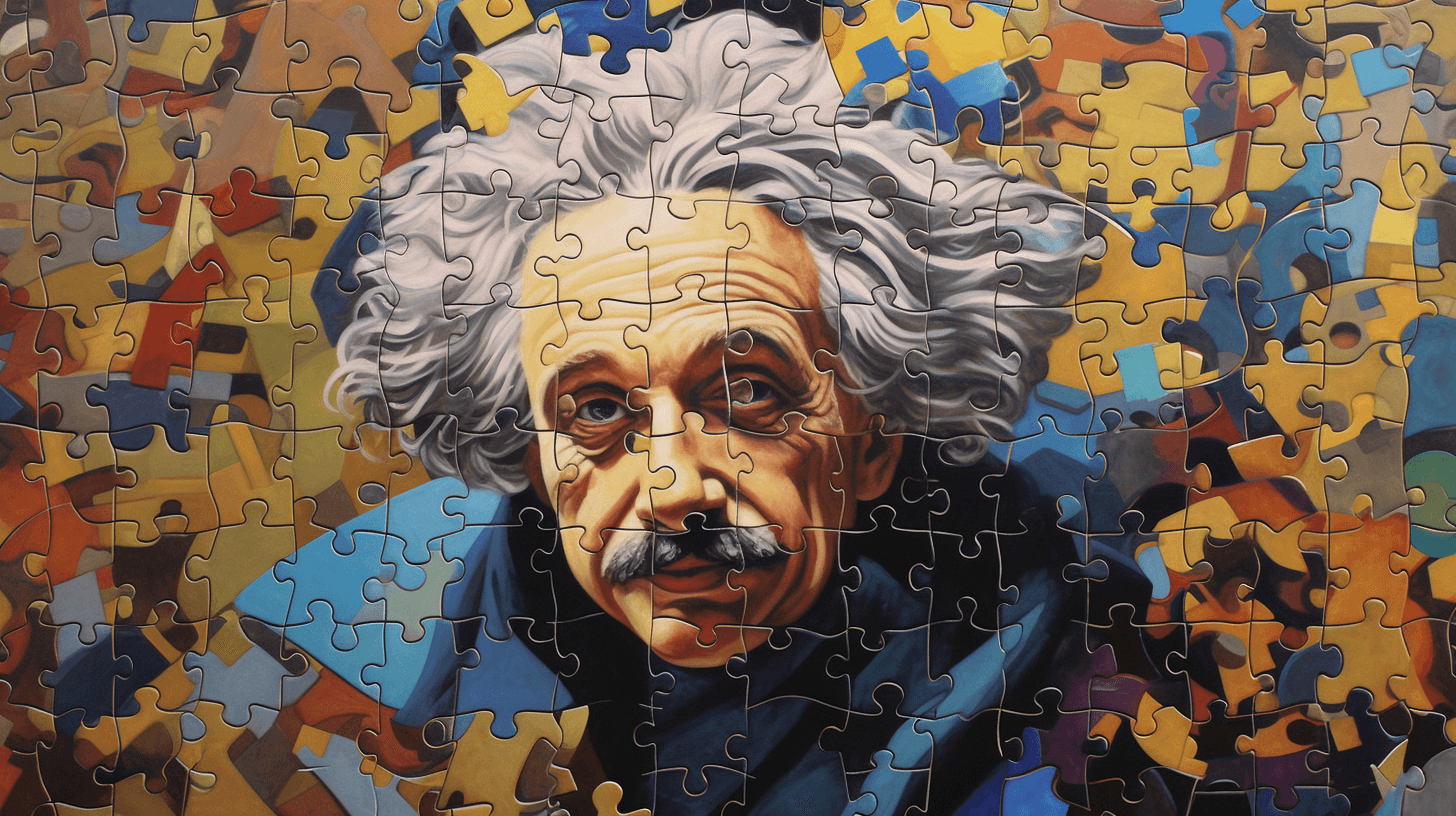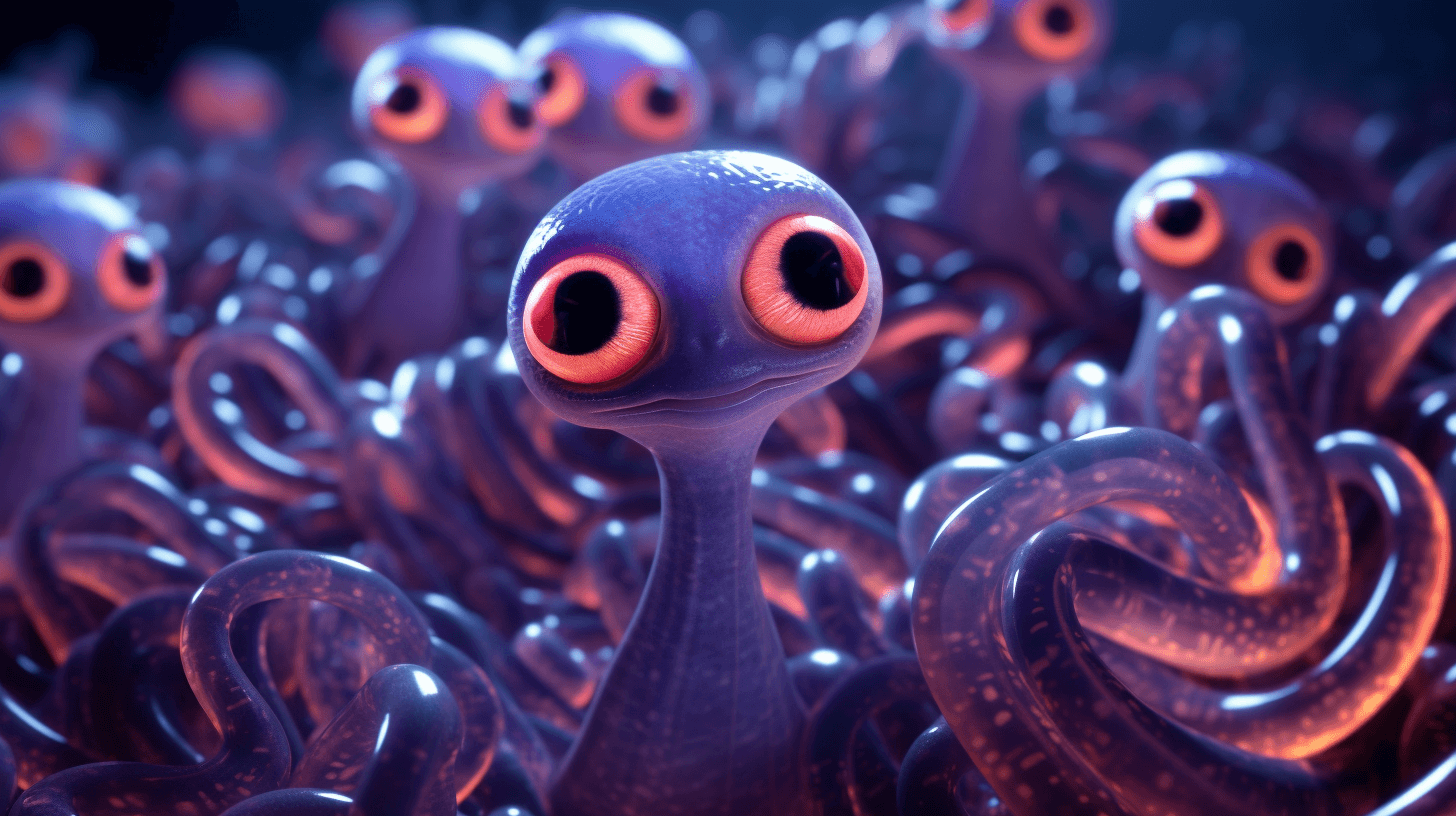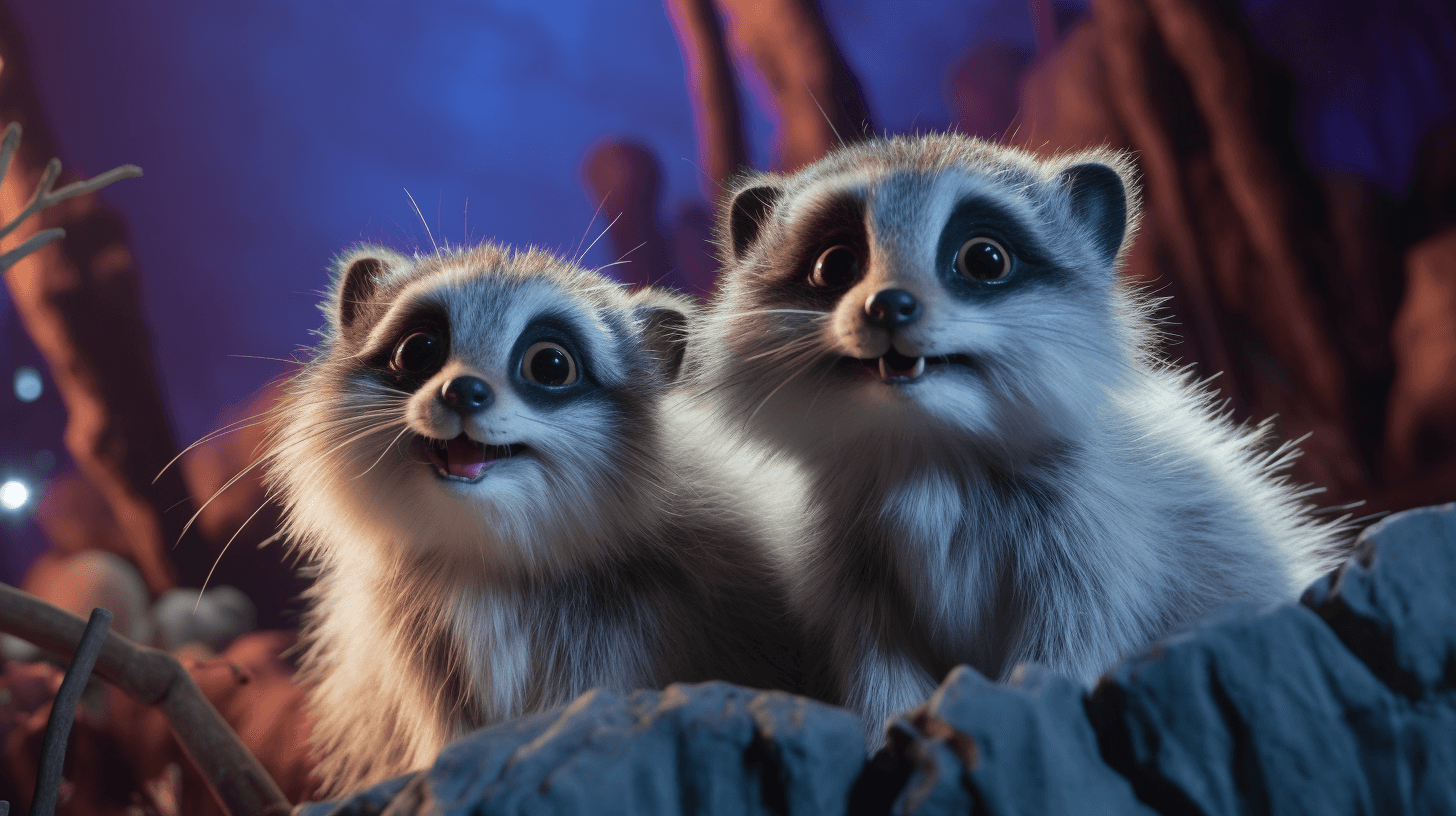🐜🔍🧬 Da Kine Itchy History: How Lice Tell Us Mo’ About Our Ancestors
⬇️ Pidgin | ⬇️ ⬇️ English
Eh, you guys heard dis one? Da lice, those small kine jumpy parasites, been sticking with our ancestors for like 25 million years. Dey been adapting with us from da time we was monkey-like primates to walking upright to being da big-brained humans we are now. And guess what? Da story of our journey stay in their genes. 🐒➡️🚶♂️➡️🧠
One new study wen’ find dat some lice in da Americas are mix-up kine, from da Native Americans and da ones da European colonists brought over. Marina Ascunce, one evolutionary geneticist, say, “We humans no live in one bubble,” cause lice are part of our history and our lives. 🌎🧳🦟
Lice, dey like hang out on people’s heads, holding onto hair, and dey need human blood for survive. Dey jump from one person to da next, especially when people stay crammed together. Oddah mammals and birds get their own kind lice, all perfectly adapted to their specific host. One 44-million-year-old louse even had feathers in its belly! 🦠👥🐦
But da real juicy info stay in their DNA. Scientists like David Reed from da University of Florida been studying lice genes for figure out their family trees. Like, human lice stay closely related to da ones on chimpanzees, and more far related to da ones on monkeys. 🧬🌲
Turns out, lice not always loyal. Da species Pthirus pubis, or crabs, only live in human pubic hair and are actually more closely related to lice on gorillas. Maybe our ancestors picked ’em up while sleeping in old gorilla nests or eating gorilla meat. 🦍🦀
In one study, da scientists looked at lice mitochondrial DNA, which only come from da mama lice. Dey found two main lineages dat split about a million years ago, maybe when humans moved out of Africa and maybe got lice from Neanderthals or oddah ancient humans. 🌍🏃♂️
More recently, lice researchers been looking at da chromosomal DNA from both mama and papa lice. Dr. Ascunce joined Reed’s team and collected DNA from lice all around da world. Dey analyzed DNA from 274 lice from places like Honduras, France, Rwanda, and Mongolia. 🧪🌏
Da DNA showed two groups of lice. One group was in Africa, Asia, and da Americas. Dis group had a close genetic link between Honduras and Mongolia, likely from da first Asians who spread into da Americas about 23,000 years ago, bringing lice with ’em. Da oddah group was in Europe, da U.S., Mexico, and Argentina. Dey also found 33 hybrids, mostly in da Americas, showing da mix-up of lice from da European colonists and da Native Americans. 🗺️🧬
But da weird thing? Dey no find plenty hybrids, maybe cause da two groups of lice wen’ stay isolated from each oddah for so long. Dey might have developed mutations dat no work good when mixed. 🤔💭
Dr. Ascunce say lice research still just starting. Dey only looked at 16 small parts of louse DNA, and da next step is checking out da whole louse genome. Dis could tell us more about how human lice evolved, why only body lice carry disease-causing microbes, and how our ancestors first picked up da lice we still get today. 📚🔬
So, das da story. Da itchy critters crawling around on our heads get plenty to say about where we come from. We stay learning more and more about our past from dese small kine passengers. Shoots and aloha! 🌺🐜📰
NOW IN ENGLISH
🐜🔍🧬 Itchy Ancestors: Lice Genes Reveal Human Evolution
Did you know this? Those tiny, jumpy parasites, lice, have been tailing our ancestors for about 25 million years. They’ve evolved alongside us, from our early primate days to walking upright and becoming the big-brained humans we are today. And fascinatingly, they’ve recorded our journey in their genes. 🐒➡️🚶♂️➡️🧠
A recent study discovered that some lice in the Americas are a mix of those brought by Native Americans and others introduced by European colonists. Marina Ascunce, an evolutionary geneticist, emphasizes, “We humans do not live in a bubble,” indicating that lice are part of our history and daily lives. 🌎🧳🦟
Lice typically reside on human heads, clinging to hair and feeding on blood. They can only survive on human bodies and spread easily in crowded, unsanitary conditions. Other animals, including birds, have their own species-specific lice. For instance, a 44-million-year-old louse fossil was found with remnants of feathers in its stomach. 🦠👥🐦
The real story, however, lies in their DNA. Scientists like David Reed from the University of Florida have been analyzing lice genes to construct their family trees. It turns out, human lice are closely related to those on chimpanzees and more distantly related to monkey lice. 🧬🌲
Interestingly, not all lice are strictly loyal. The species Pthirus pubis, known as crabs, found only in human pubic hair, are closer relatives to lice found on gorillas. It’s speculated that early humans may have acquired crabs from gorilla nests or carcasses. 🦍🦀
In another intriguing study, researchers examined mitochondrial DNA from lice, revealing two main lineages that diverged around a million years ago. This split possibly occurred when humans migrated out of Africa and potentially encountered lice from Neanderthals or other ancient human groups. 🌍🏃♂️
More recent research has focused on chromosomal DNA inherited from both mother and father lice. Dr. Ascunce joined Reed’s team, gathering DNA from lice worldwide. They analyzed DNA from 274 lice collected from various regions, including Honduras, France, Rwanda, and Mongolia. 🧪🌏
The DNA study identified two lice populations. One was found in Africa, Asia, and the Americas, with a notable genetic connection between Honduras and Mongolia, likely due to the migration of the first Asian people into the Americas about 23,000 years ago. The other group was prevalent in Europe, the U.S., Mexico, and Argentina. The team also found 33 hybrids, mainly in the Americas, indicative of the mixing of lice from European settlers and Native Americans. 🗺️🧬
However, the scarcity of hybrids suggests some barrier to interbreeding, possibly due to long-term isolation and incompatible mutations. 🤔💭
Dr. Ascunce points out that lice research is just beginning. The study examined only 16 small regions of louse DNA. The next step is exploring the entire genome, which could reveal how human lice evolved to move from head to body and why only body lice can transmit diseases like typhus. It might even clarify how our ancestors first encountered the lice that continue to bother us today. 📚🔬
In summary, the tiny creatures on our heads can tell us a lot about our evolutionary past. We’re uncovering more about our history from these minute, long-term companions. Stay tuned for more updates! 🌺🐜📰







